
stay home photo tip #1: composition & the rule of thirds
April 9, 2020
I wanted to kick off my stay home photo tips by talking about one of the fundamentals of photography—composition.
In short, composition refers to the arrangement of elements in an image. Those elements include things like the subject, foreground/background objects, lines, shapes, forms, textures, patterns, colors, and negative space.
The way that these compositional elements are arranged in a picture has a vital effect on the impact of the image, and I would argue that composition is the single most important thing to consider when making a picture of any kind.
But how do you create a great composition for your stay home brand photos?
Easy! By implementing my favorite photography rule of thumb—the Rule of Thirds.
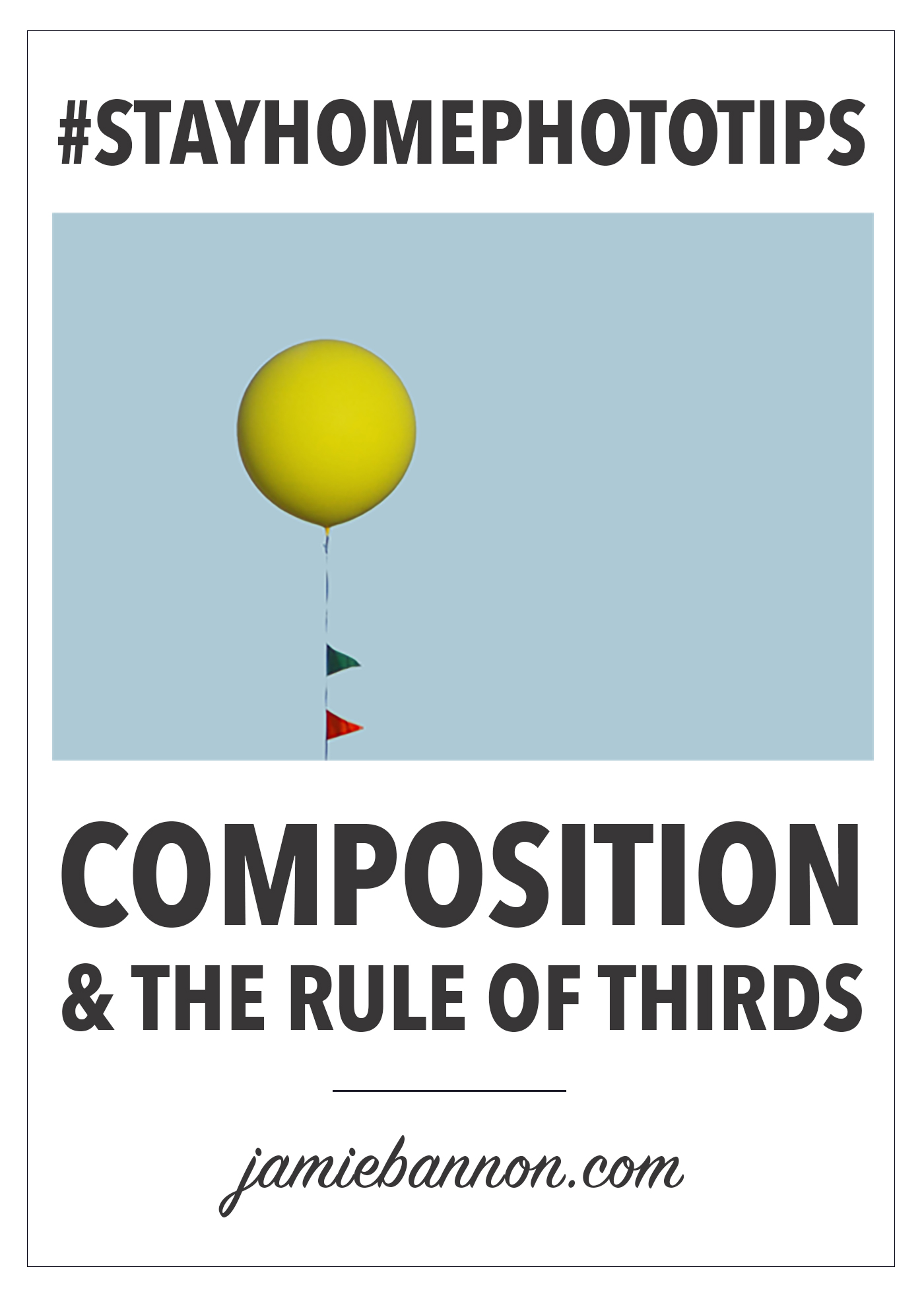
The Rule of Thirds applies not only to every kind of photography, but also to all kinds of art and design beyond photography.
It works like this: If you divide an image with 2 equally spaced vertical lines and 2 equally spaced horizontal lines into 9 equal parts, important elements in your composition should fall on those lines or the intersections of those lines. The human eye is naturally drawn to these points of interest.
So for instance, take the image above. If we place a grid over the image, you can see how it uses the Rule of Thirds.
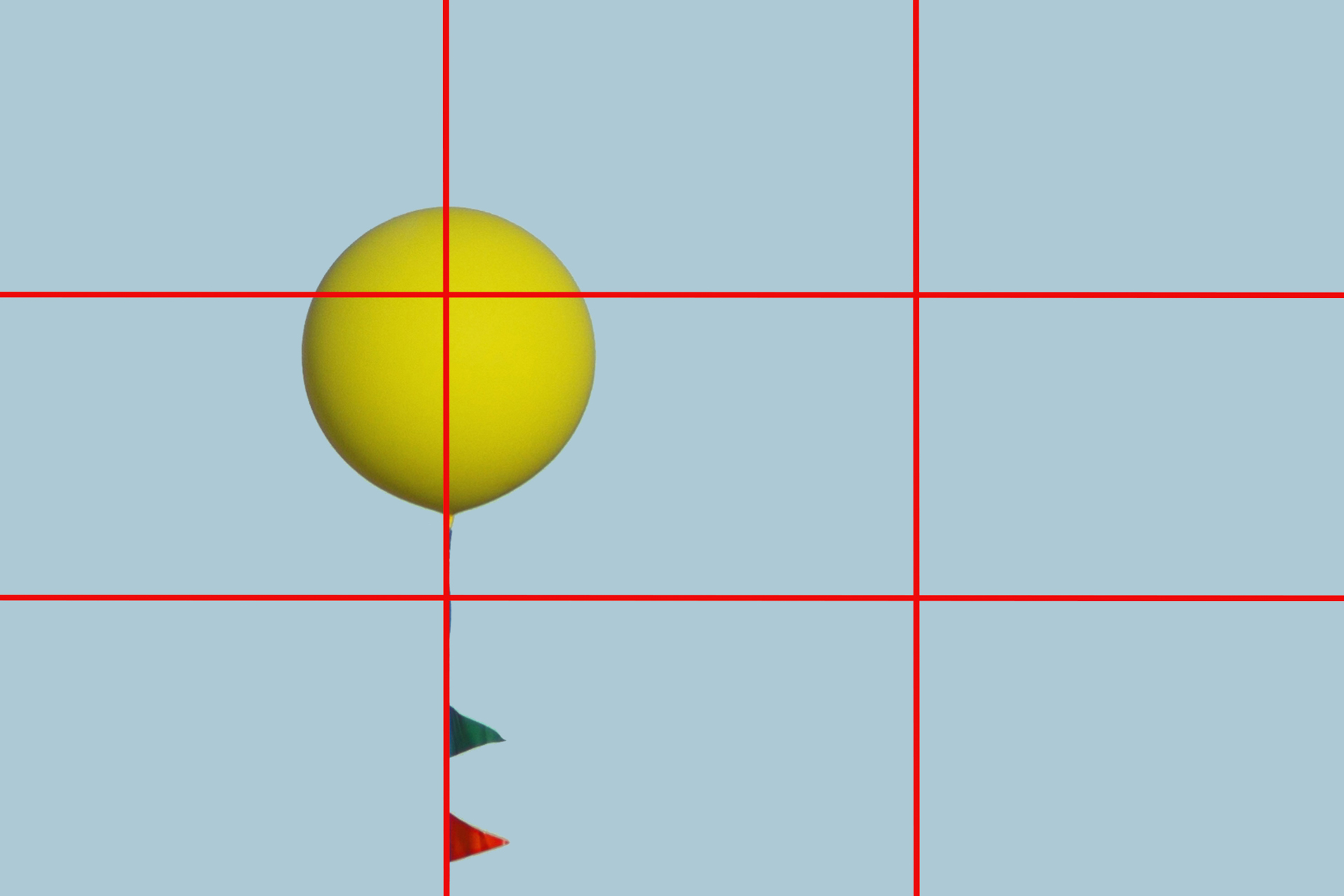
Note how the balloon string runs up the left vertical line, with the yellow balloon at the top left intersection point.
Here’s another example, using the same rule:
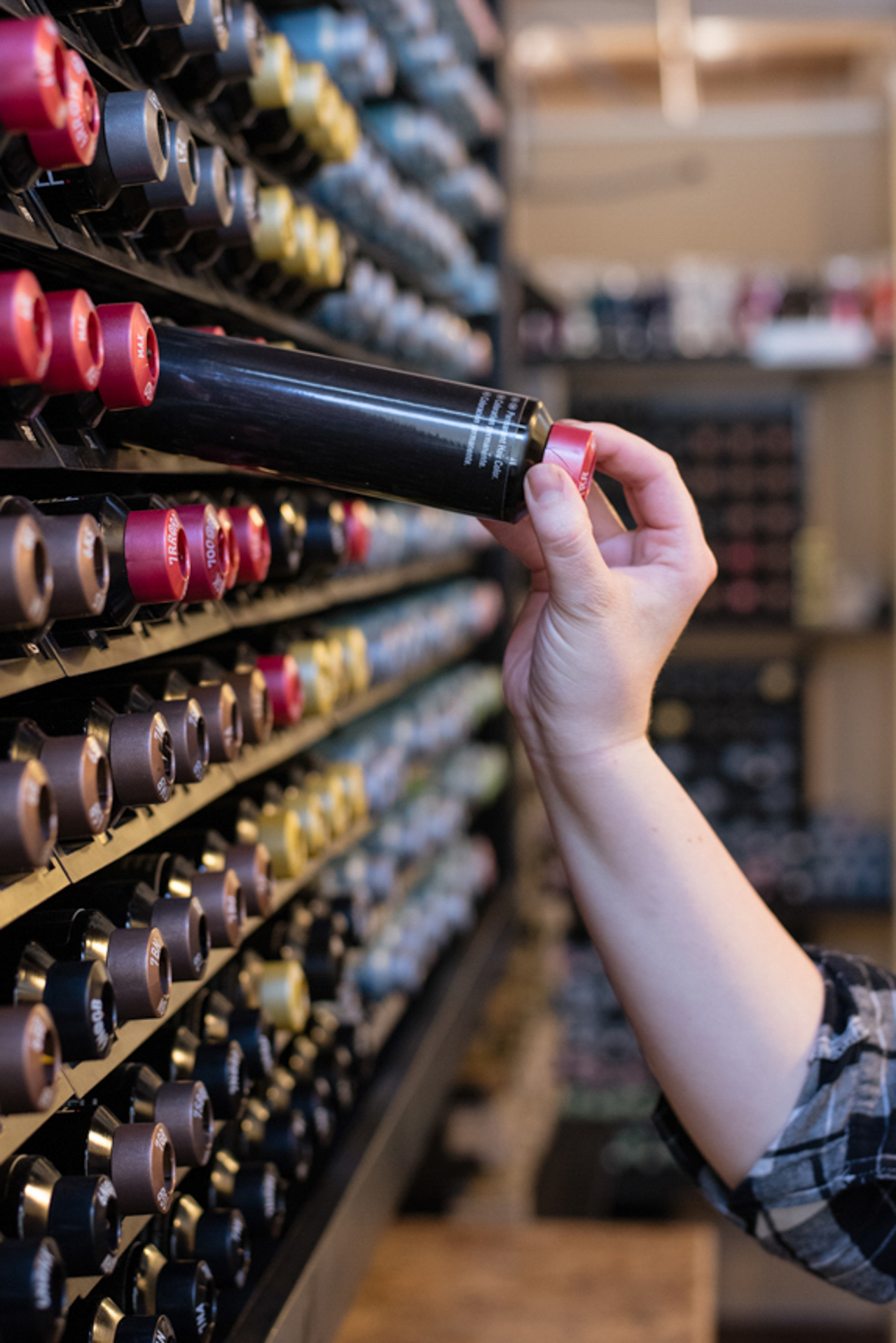
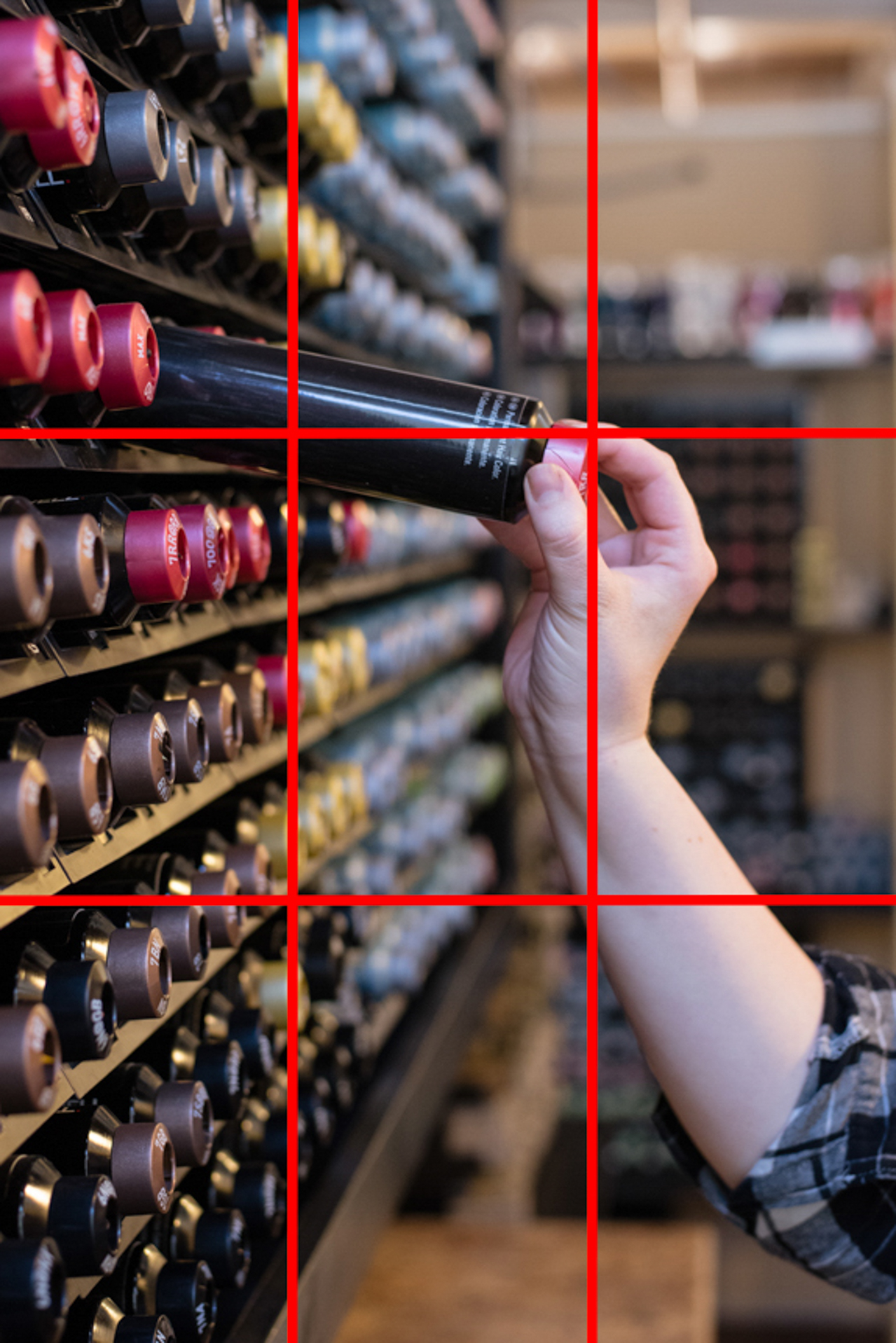
Notice how the hand grabbing the bottle falls on the upper right intersection point, the bottle along the top horizontal line, and the arm along the right vertical line.
I didn’t make this rule up—in fact, it was first written about as far back as the 1700s, but you can see examples of it even before then. So it’s safe to say it has withstood the test of time. In fact, here are some famous paintings that use the Rule of Thirds…and if it’s good enough for da Vinci, it’s good enough for me!
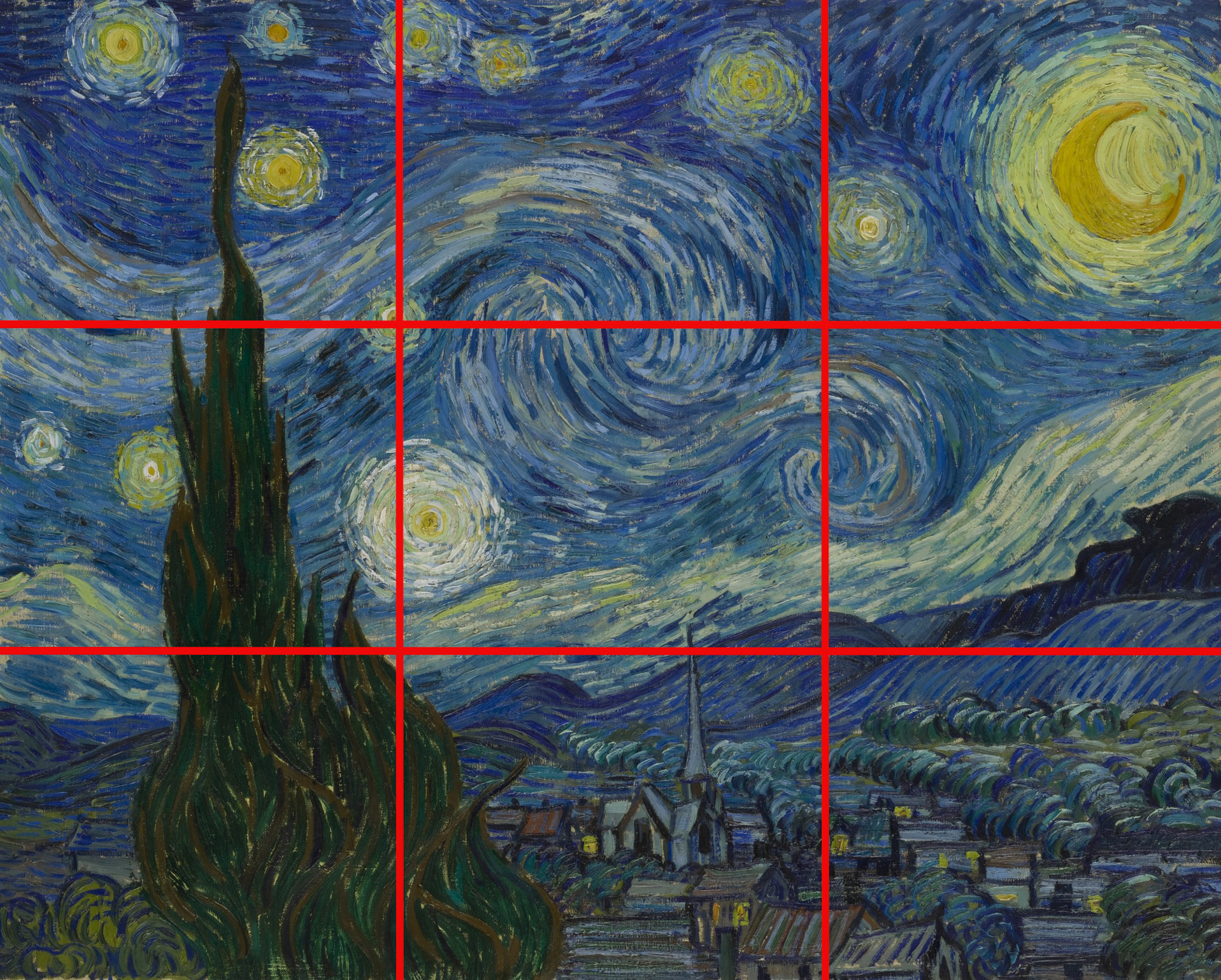
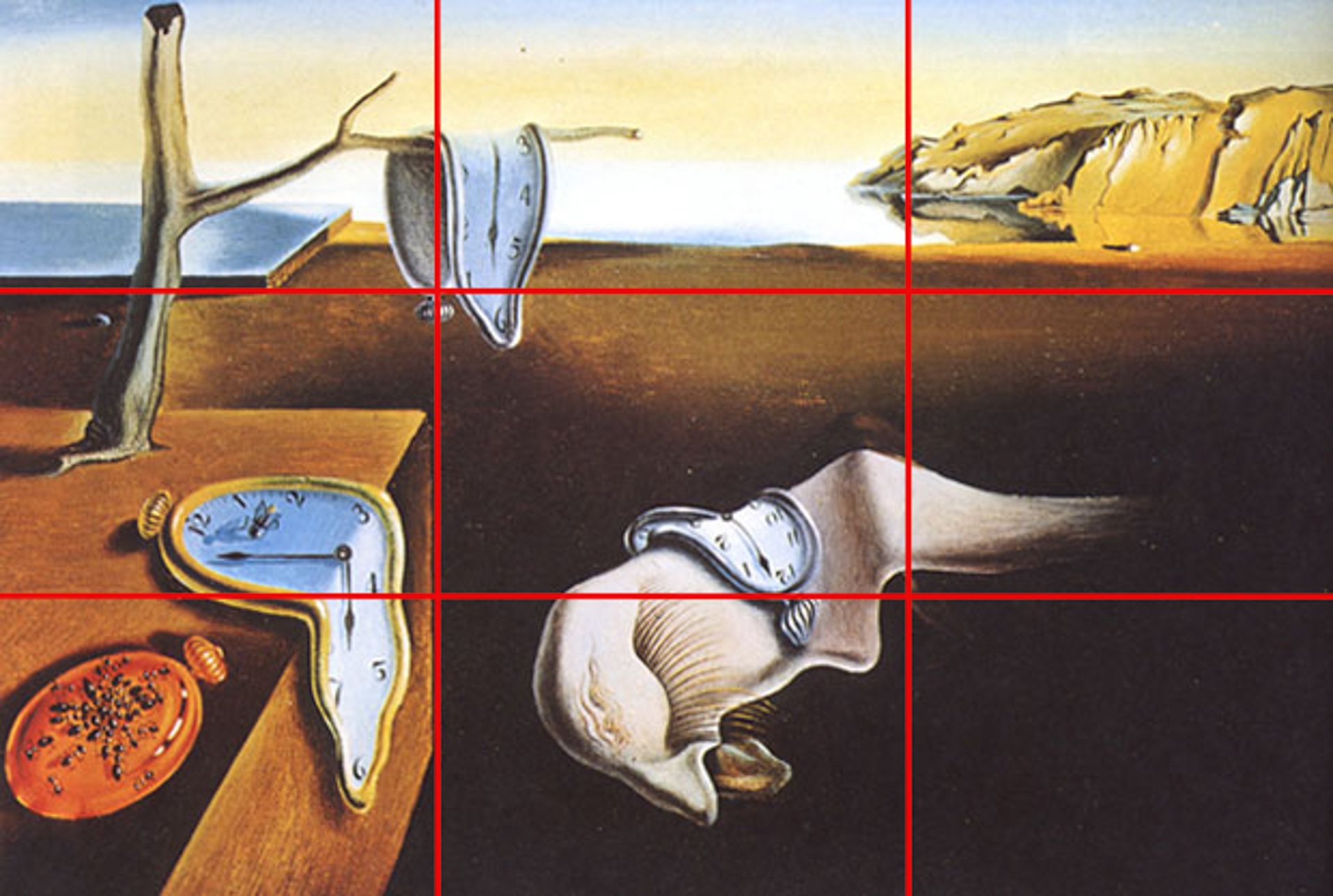
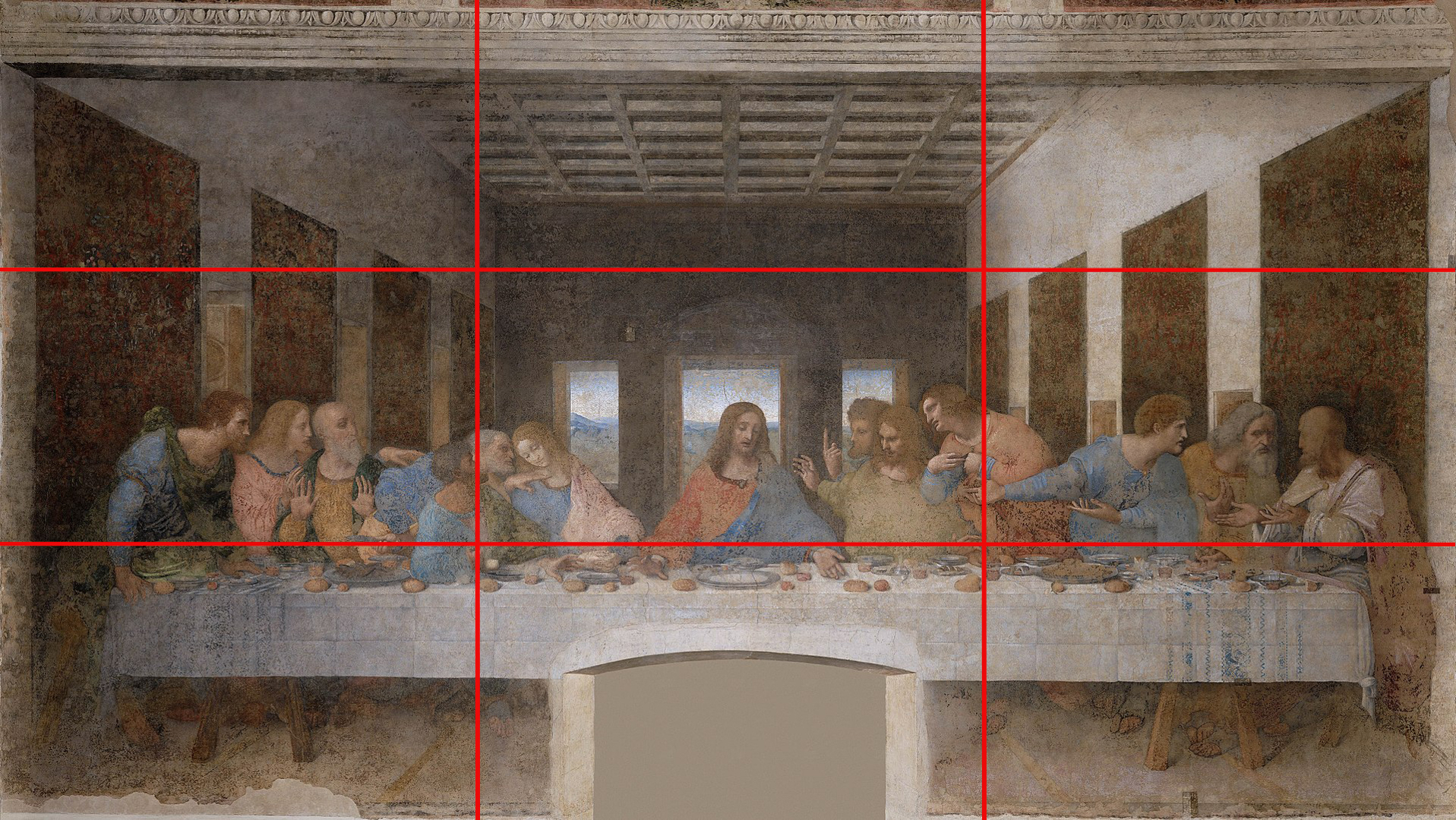
It’s worth noting that your compositional elements don’t need to fall EXACTLY on the lines and intersections for the Rule of Thirds to apply—they just have to fall CLOSE to these points of interest. You can see this in the examples above—for instance, in Dali’s The Persistence of Memory above, you can see that the horizon line falls just above the top horizontal line—but the composition works just the same. Consider it a loose rule, rather than worrying about being exact with it—and the more you use it, the more you’ll start to understand and see it without even thinking about it.
It’s also important to note that when using the Rule of Thirds to photograph a person, if your subject isn’t facing toward the camera, you should place them looking into the frame, not looking off the edge of the picture—you want your subject to have space to look into. Here are a couple of examples:
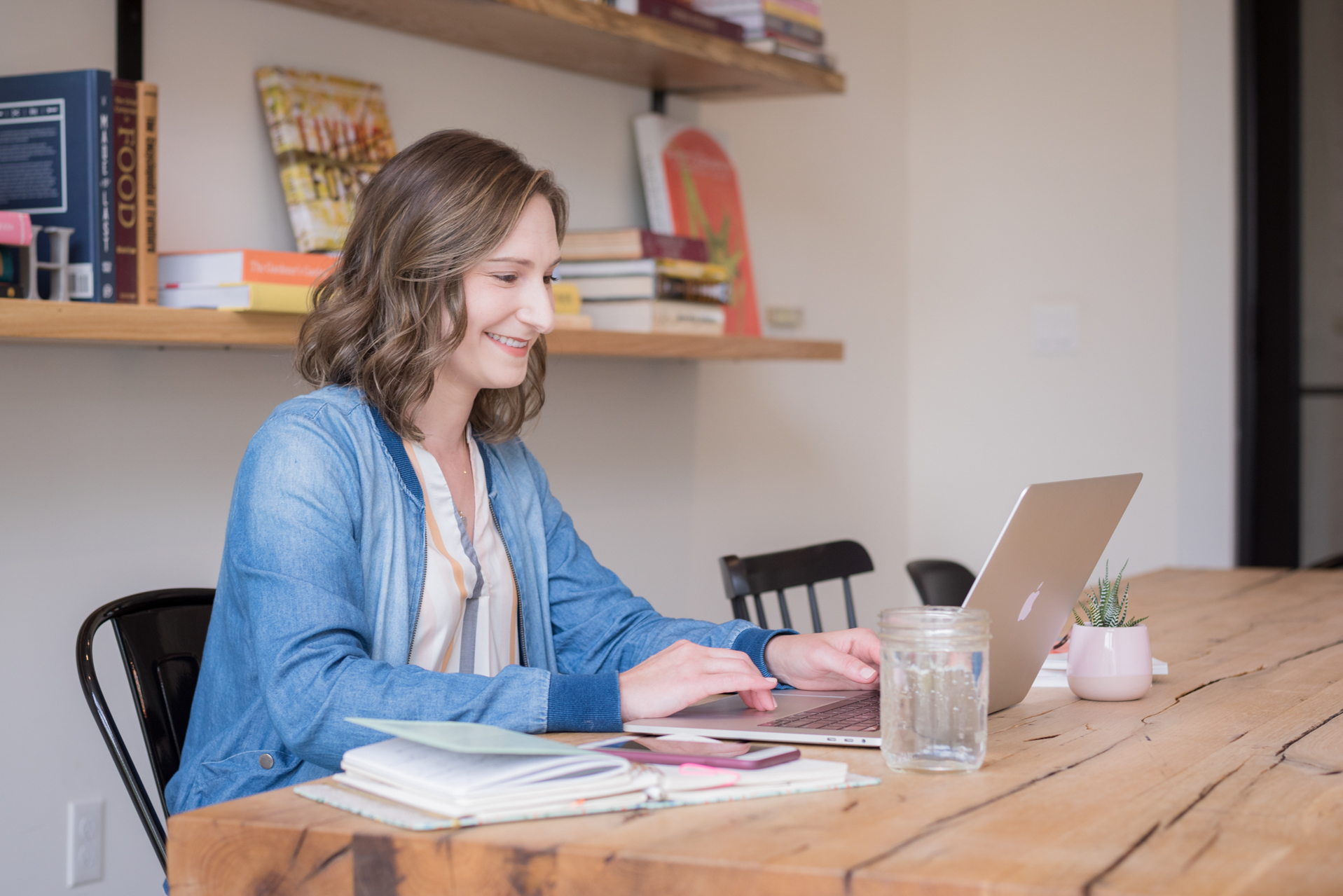
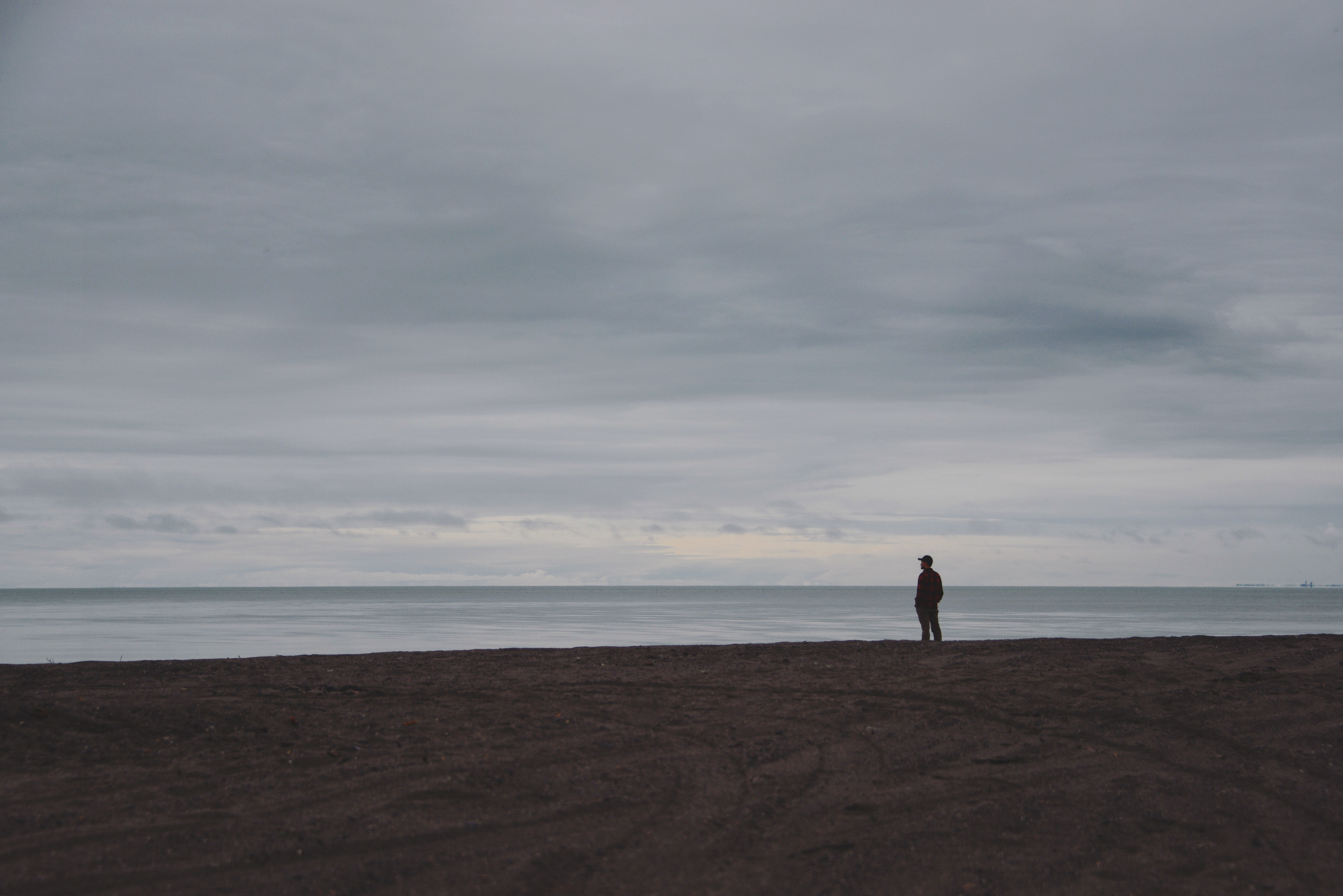
If you’re still not sure what exactly makes the Rule of Thirds work so well, that’s okay—just look at the examples below. Notice the difference between these 3 variations of a very simple composition of a buoy on the water.
In the first image, the buoy is centered. In the second, it’s placed randomly in the frame. And in the third, I’ve used the Rule of Thirds. Do you see how the third image feels balanced compared to the second? And how much more dynamic it feels than the first, with the buoy centered?

Here are some more examples of images that use the Rule of Thirds. As you can see, it is not by any means limited to any particular kind of photography, and while it, like any other rule, is made to be broken—if you keep it in mind while you create images, you’ll find yourself with much better compositions that give your work a sense of balance and visual interest.
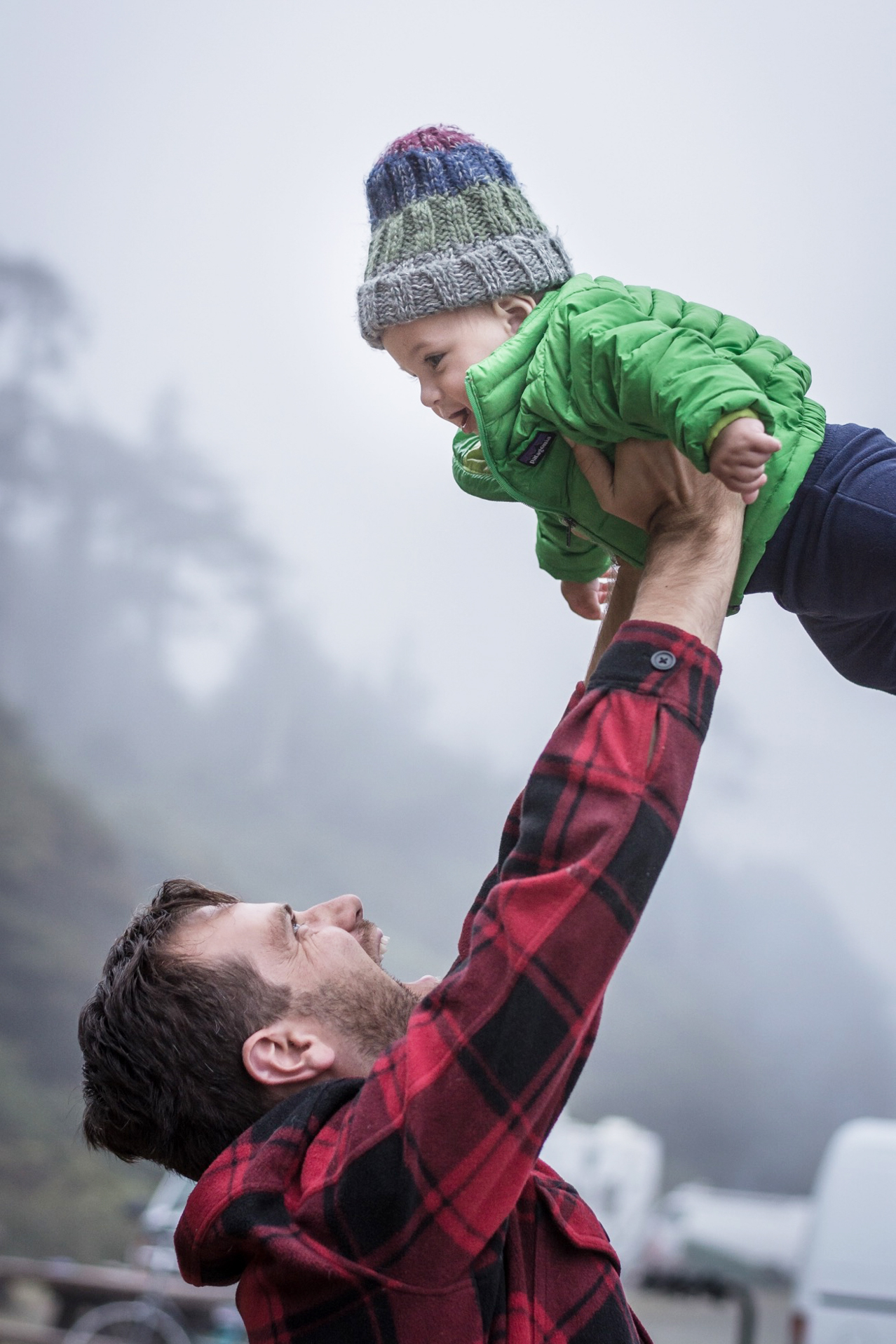
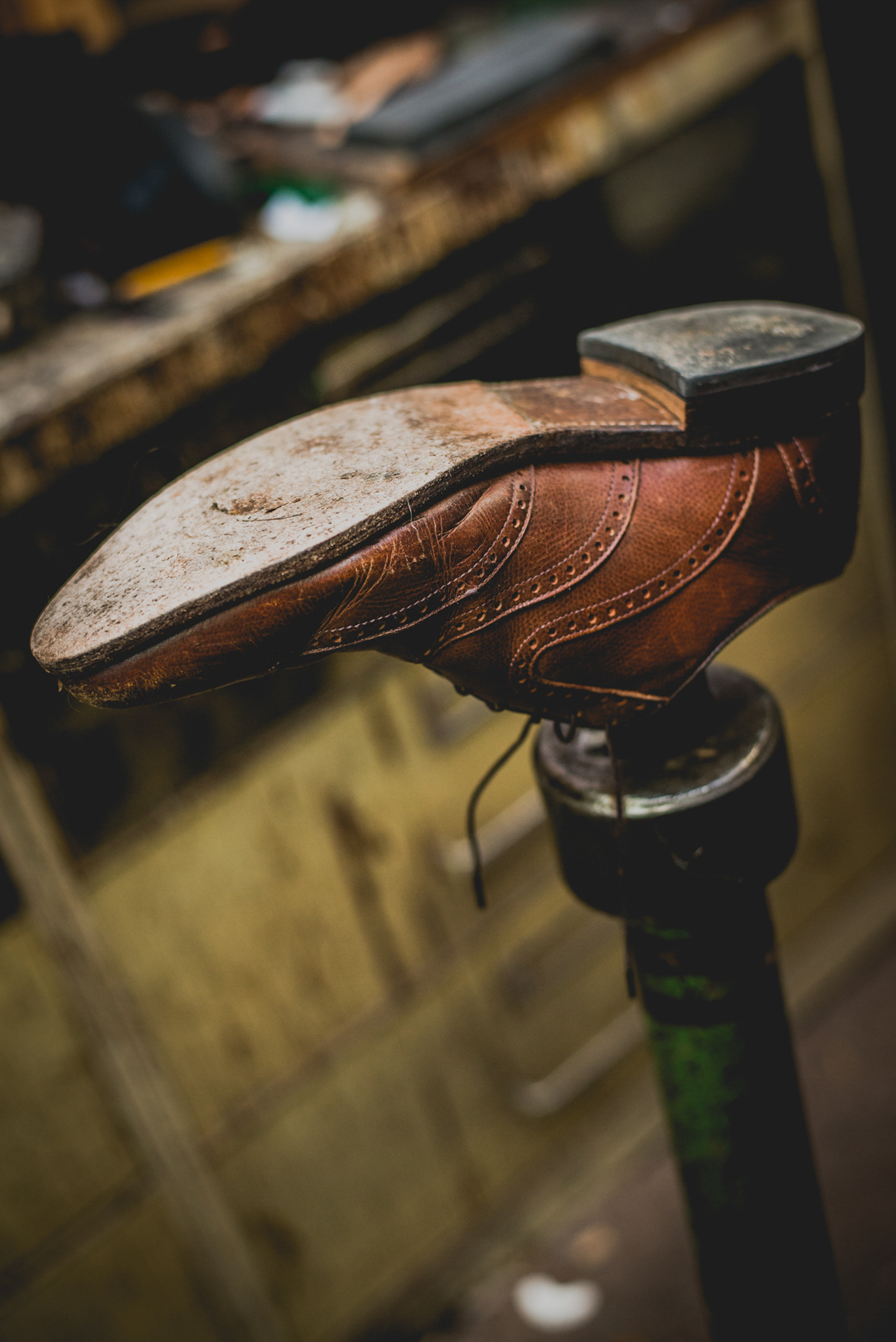
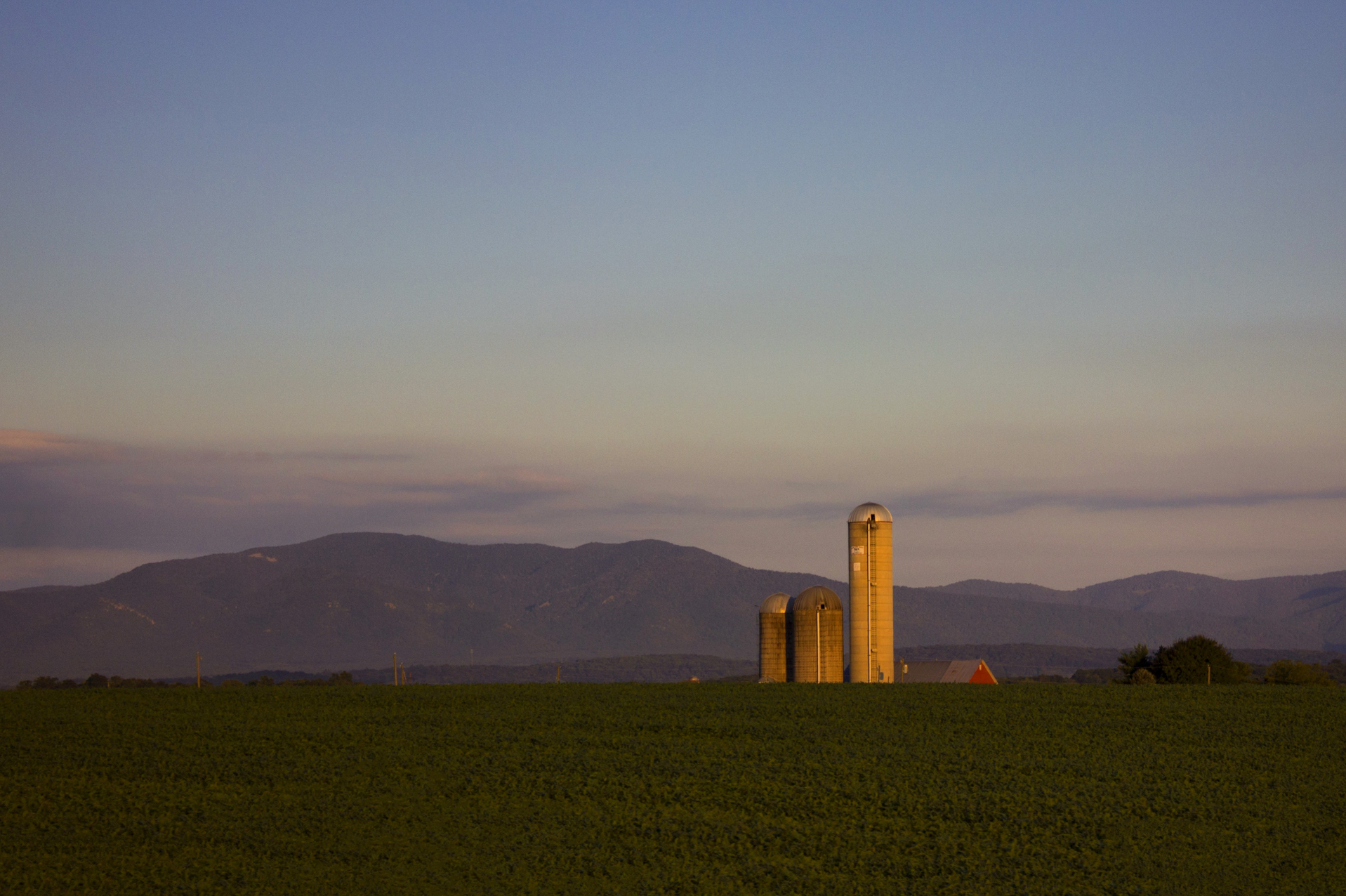
Bonus Tip: You can overlay a Rule of Thirds grid to your iPhone camera so you can see it while you’re taking a picture. Just go to Settings > Camera > Grid and voila! We’ll talk more about editing photos and applying the rule through cropping later as well, but this is a great way to put it into practice as you shoot.
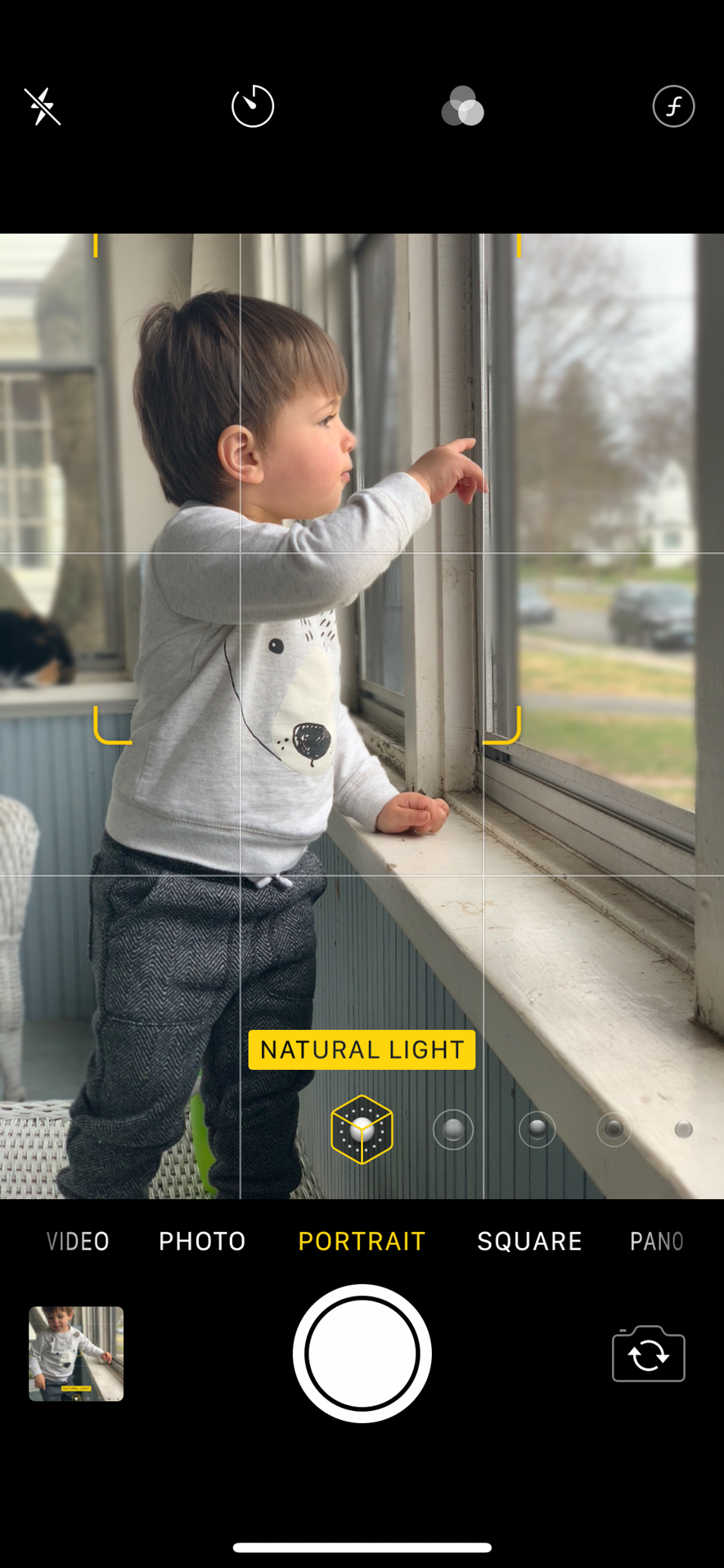
Feeling inspired? Want more great composition tips to help you take better photos? Get the guide!
I’ve created a composition guide with all of my favorite tips and tricks for composing a great image!
Check it out at the link below, and stay tuned for another installation of #stayhomephototips here on the blog—next up is Mastering the Art of the Flat Lay!
